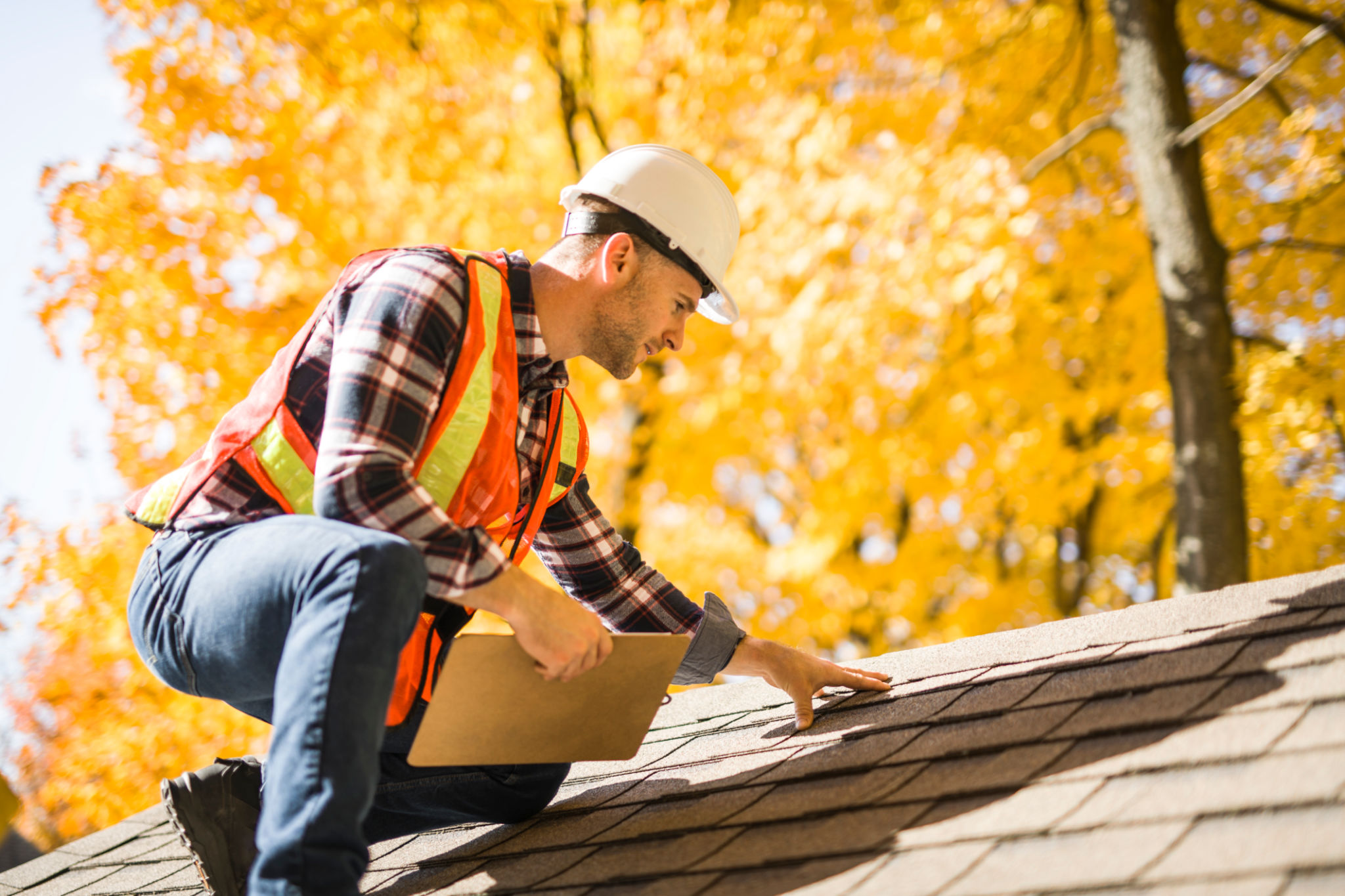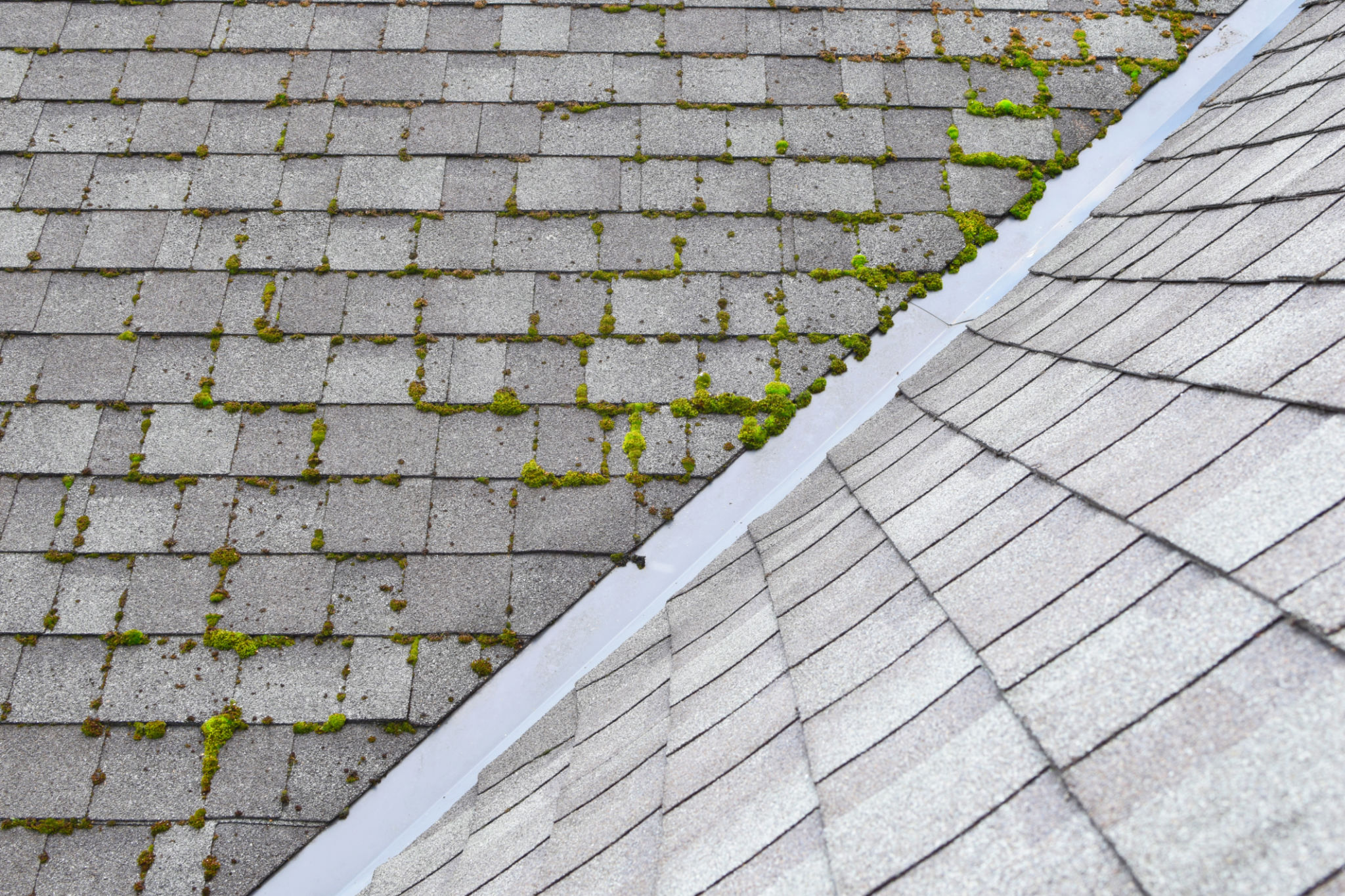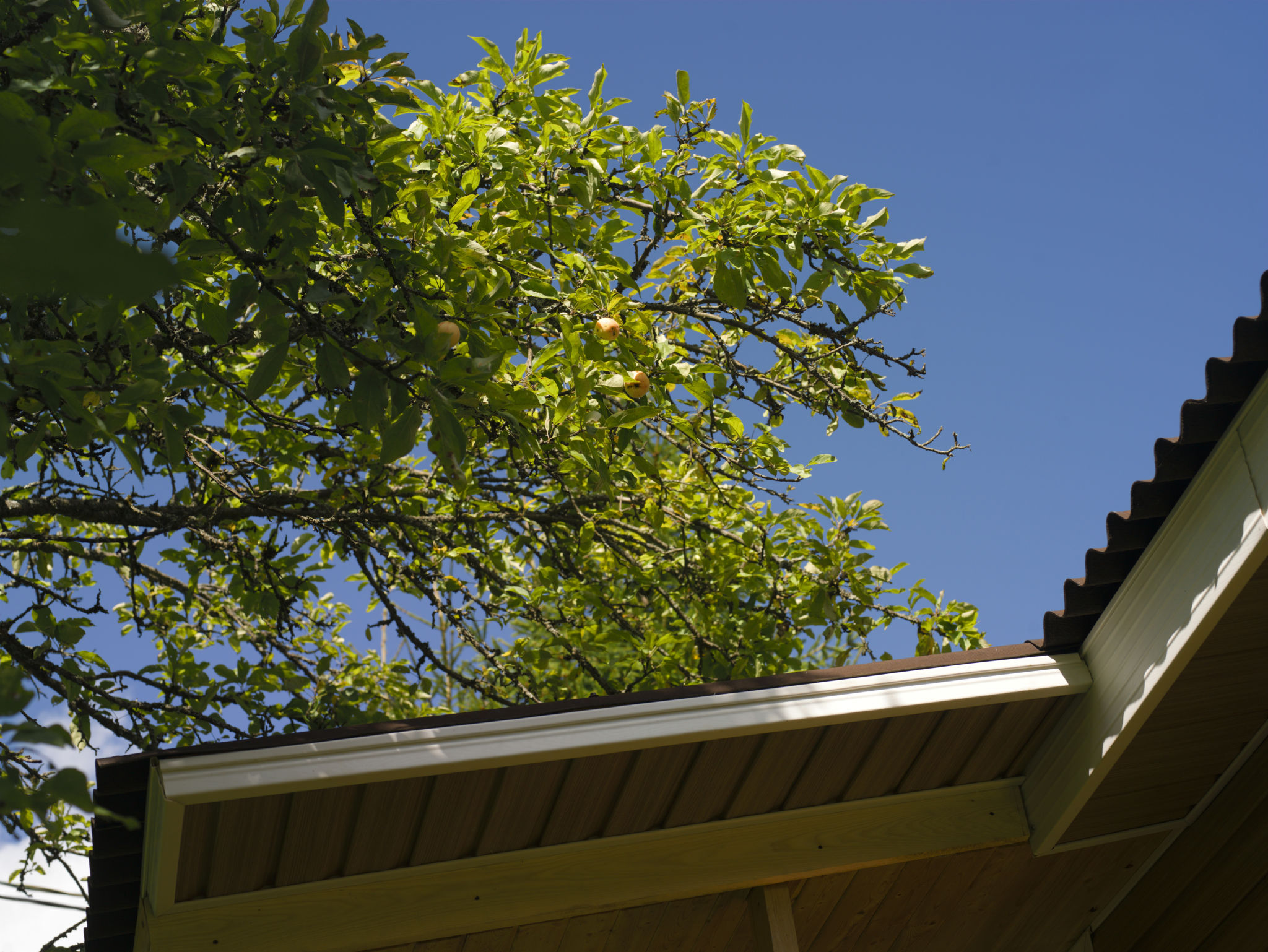DIY Roof Maintenance Tips to Extend the Life of Your Roof
Regular Inspections: The First Step in Roof Maintenance
One of the most effective ways to extend the life of your roof is by performing regular inspections. These inspections can help identify potential issues before they become major problems. It's recommended to check your roof at least twice a year, preferably in the spring and fall.
During an inspection, look for signs of damage such as missing or broken shingles, rust spots on flashing, and any signs of water damage or leaks. If climbing up is not an option, use binoculars from the ground to spot visible damage.

Cleaning Your Gutters
Clogged gutters can lead to water accumulation on the roof, which can cause leaks and structural damage over time. Cleaning your gutters regularly ensures that water flows away from your roof effectively. Aim to clean your gutters at least twice a year, or more often if you have overhanging trees.
While cleaning, ensure that the downspouts are clear and direct water away from your home's foundation. Consider installing gutter guards to minimize debris buildup and make future cleaning easier.
Addressing Moss and Algae Growth
Moss and algae can be more than just an eyesore; they can trap moisture against your roof and lead to damage. Fortunately, dealing with them is relatively simple. You can use a 50/50 mixture of water and bleach to spray affected areas, killing existing growth.
Be cautious when using chemical solutions, as they can harm surrounding plants. Rinsing thoroughly with water after treatment can help minimize environmental impact. Regular maintenance can prevent moss and algae from taking hold in the first place.

Repairing Shingles
Shingles can become damaged due to weather conditions, age, or poor installation. Repairing or replacing damaged shingles promptly is crucial to prevent leaks and further damage. For small repairs, you can often replace individual shingles yourself.
If you're uncertain about tackling larger repairs, or if there are multiple areas of damage, it might be best to consult a professional roofer. Doing so ensures that repairs are done correctly and safely.
Trim Overhanging Branches
Trees can provide much-needed shade during hot months, but overhanging branches pose a risk to your roof. During storms, these branches can break and cause significant damage. Regularly trimming overhanging branches helps prevent this risk.
Ensure that branches are kept a safe distance from your roof. If you're unsure about tree trimming, hiring a professional arborist can ensure that the job is done safely and effectively.

Check Attic Ventilation
Proper attic ventilation is essential for maintaining the health of your roof. It helps regulate temperature and moisture levels inside your home, reducing the risk of mold and mildew. Inadequate ventilation can lead to higher energy bills and a shorter lifespan for your roof.
Inspect your attic vents regularly to ensure they're not blocked by insulation or debris. Installing additional vents or using vent fans can improve airflow if necessary.
Seal Any Leaks Immediately
Even small leaks can lead to significant damage if not addressed promptly. Water intrusion can cause structural damage and promote mold growth. If you notice any signs of leaks, such as water stains on ceilings or walls, take action immediately.
You can use roofing cement or waterproof sealant to patch minor leaks temporarily until professional repairs are made. Consistent monitoring and prompt action can save you from costly repairs down the road.
Invest in Regular Professional Inspections
While DIY maintenance is crucial, professional inspections offer an added layer of security for your roof's health. Professionals have the expertise to spot issues that might be missed during a personal inspection.
Consider scheduling a professional inspection every few years to ensure that your roof remains in optimal condition. Investing in professional assessments can ultimately save you money by preventing larger issues from developing.

